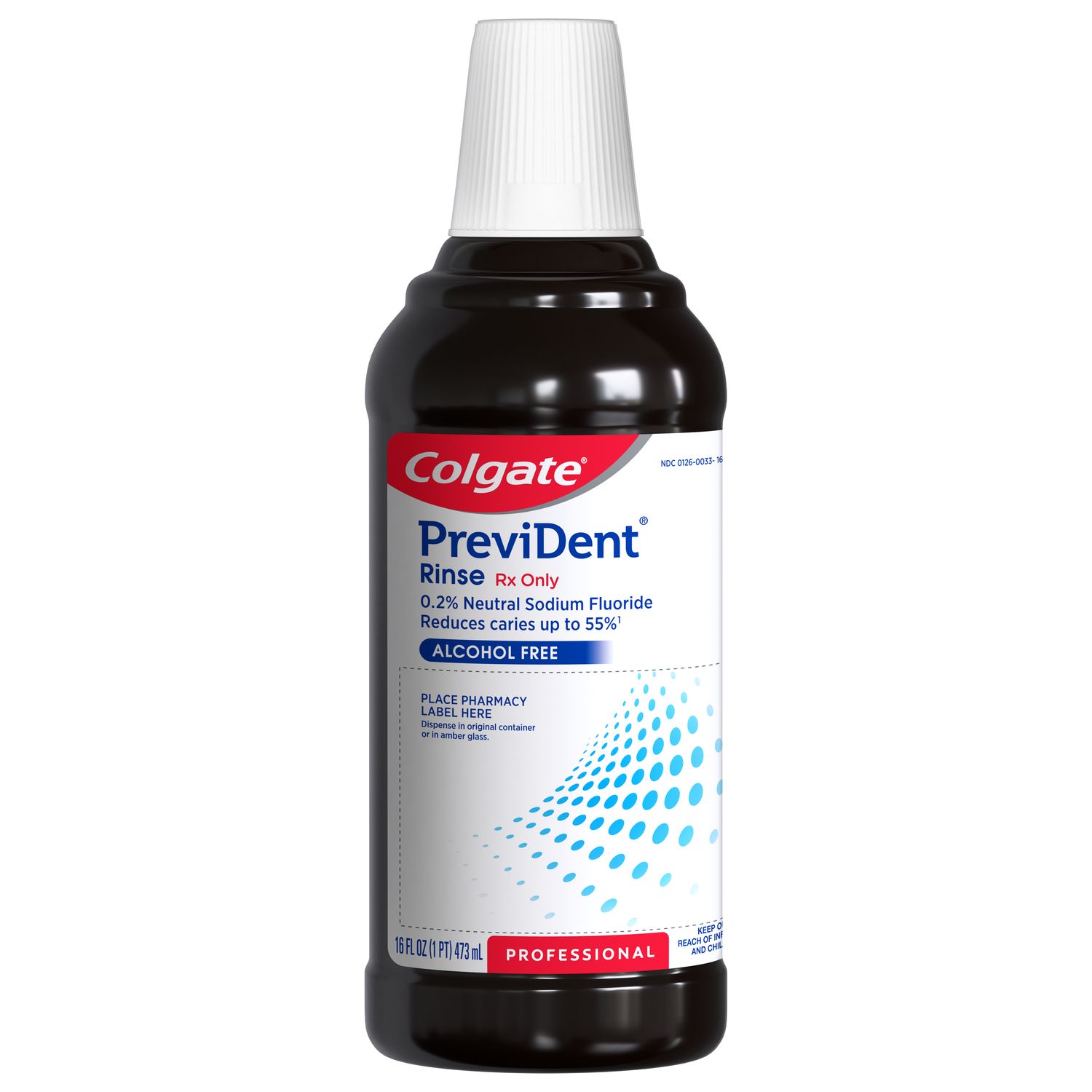It can be stressful to discover that you or your child is experiencing a symptom known as strawberry tongue. What does strawberry tongue mean? Is it the sign of a more serious medical problem? We're here to guide you through precisely what strawberry tongue is and the conditions that cause it.
What Is Strawberry Tongue?
If your tongue is swollen, red, and bumpy with white patches, you may be experiencing what’s known as strawberry tongue. This condition should be taken seriously as it could be a symptom of a medical problem that requires treatment from a professional.
According to the Cleveland Clinic, a red tongue may be a symptom of:
- Vitamin deficiency: If your body is short on folic acid or vitamin B-12, your tongue may be red in appearance.
- Geographic tongue: This benign (harmless) condition causes irregular red patches to appear on your tongue.
- Scarlet fever: This bacterial infection can lead to strawberry tongue and other distinct symptoms.
- Kawasaki disease: This illness affects blood vessels, often causing strawberry tongue and other symptoms.
Helpful tip: Although all four of these conditions can cause your tongue to turn red, strawberry tongue generally indicates scarlet fever or Kawasaki disease because of its characteristic bumpy appearance and white patches.
Scarlet Fever
Scarlet fever gets its name from its unique presentation. It often causes multiple symptoms that are red in color, including sore throat, rash, red skin folds, and strawberry tongue. This illness mostly affects children 5-15 years of age, according to the Mayo Clinic. It’s caused by a bacterial infection and appears in some suffering from strep throat.
Although the name can sound unsettling, rest assured, scarlet fever is considered far less serious than it once was. It’s important to see your medical professional regarding this condition so they can recommend the appropriate treatment.
Bacteria from strep throat and scarlet fever spread through droplets when an infected individual coughs or sneezes. It typically takes 2-4 days between the incident of exposure and illness, known as the incubation period.
Symptoms of scarlet fever may include:
- Fever (a temperature over 101 Fahrenheit or 38.3 Celsius)
- Sore throat, sometimes with white or yellow patches
- Strawberry tongue
- Sunburn-like rash
- Folds of your skin turn red in color
- Flushed color in your face
- Trouble swallowing
- Enlarged lymph nodes in your neck
- Headache
- Nausea
Important note: It’s vital to seek scarlet fever treatment because if it’s left unchecked, bacterial infection can spread and lead to other, more serious complications.
Kawasaki Disease
Kawasaki disease is an illness that causes the inflammation of your blood vessels that mostly affects young children. According to the Kawasaki Disease Foundation, 80% of those suffering from the condition are less than 5 years old. Kawasaki disease is more likely to affect boys than girls, is very rare in adults, and is not contagious.
Viral infection has been suspected of causing Kawasaki disease, though, at this time, the cause is still unknown. If you or your child is diagnosed, don’t be hard on yourself as there is no known way to prevent the condition.
Kawasaki disease presents in three phases:
Symptoms of phase 1 include:
- Fever (a temperature over 102.2 Fahrenheit or 39 Celsius) lasting 5 or more days
- Strawberry tongue and cracked lips
- Eyes that are bloodshot and produce discharge (conjunctivitis)
- Rash in the abdomen or genital area
- Enlarged lymph nodes in your neck
- Swollen or red extremities (hands or feet)
Symptoms of phase 2 include:
- Skin peeling on extremities (hands or feet)
- Pain in your joints or abdominal region
- Diarrhea and vomiting
Symptoms of phase 3 include:
- Symptoms beginning to recover (though complications may occur)
- Fatigue and irritability that may continue for up to 8 weeks after your diagnosis
Important note: Kawasaki disease is the top cause of heart disease in children, so it’s essential to speak to your medical professional for diagnosis and treatment. Because there’s no test for Kawasaki disease, diagnosis is based on observation of you or your child's symptoms.
Treatment Options for Strawberry Tongue and Related Conditions
The proper treatment for your individual case of red or strawberry tongue will depend on its underlying cause. The causes vary greatly in severity, so we recommend taking them seriously and not attempting to diagnose or treat them on your own.
- Vitamin deficiency: Low levels of folic acid and vitamin B-12 can often be improved through diet or supplements.
- Geographic tongue: There is no cure for this benign (harmless) condition, though you can take steps to improve your comfort.
- Scarlet fever: Because a bacterial infection causes this condition, antibiotics are often prescribed as treatment.
- Kawasaki disease: Your medical professional may prescribe aspirin or gamma globulin to help reduce heart disease risk.
We recommend seeking diagnosis and treatment from a medical professional to ensure you or your child receives the best care possible. Although it can be stressful to visit a professional, they’re experts at differentiating symptoms and have your best interests in mind. You’re doing a great job by informing yourself of what strawberry tongue is and what it’s caused by.
This article is intended to promote understanding of and knowledge about general oral health topics. It is not intended to be a substitute for professional advice, diagnosis or treatment. Always seek the advice of your dentist or other qualified healthcare provider with any questions you may have regarding a medical condition or treatment.
ORAL HEALTH QUIZ
What's behind your smile?
Take our Oral Health assessment to get the most from your oral care routine
ORAL HEALTH QUIZ
What's behind your smile?
Take our Oral Health assessment to get the most from your oral care routine















